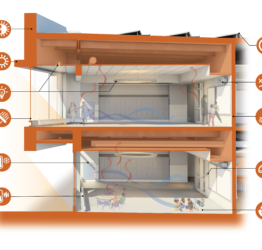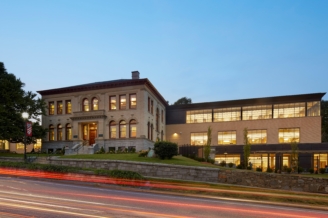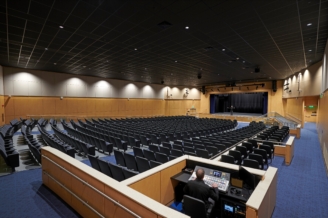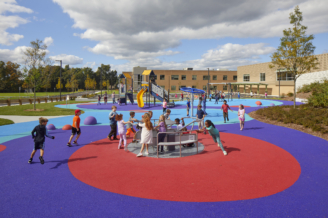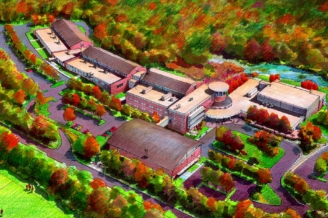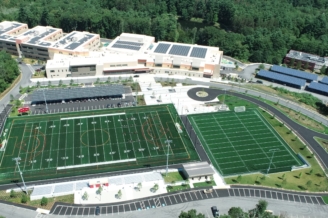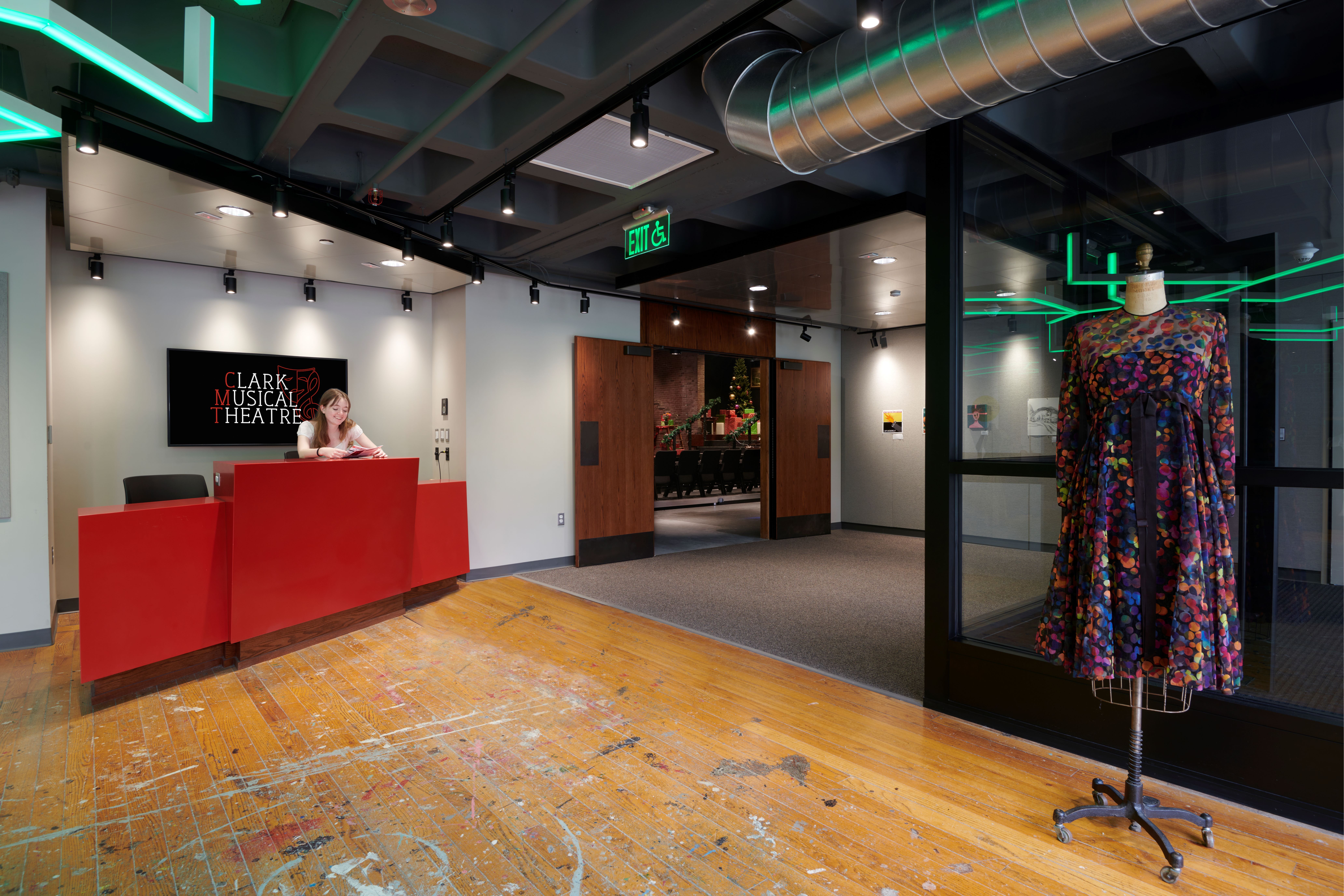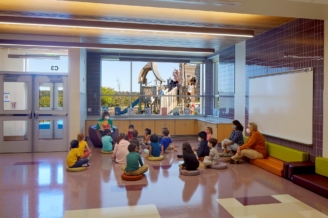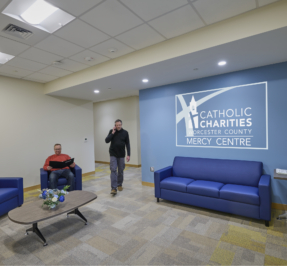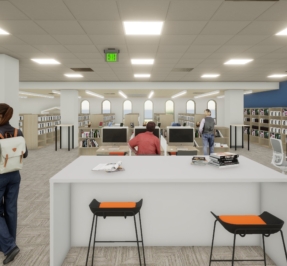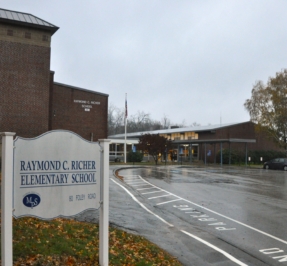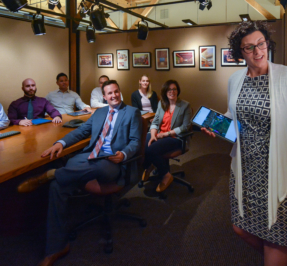Our Sustainability Focus and the Changing Code Requirements
 The first Earth Day was in 1970, the same year Dick Lamoureux established his own architectural firm, which would eventually become LPA|A. For a young architect starting a firm at a time when environmental concerns were gaining nationwide attention, sustainability and energy efficiency was fundamental to the firm’s architectural practice. Fifty-three years later, the need for energy efficiency and sustainability has only grown more urgent.
The first Earth Day was in 1970, the same year Dick Lamoureux established his own architectural firm, which would eventually become LPA|A. For a young architect starting a firm at a time when environmental concerns were gaining nationwide attention, sustainability and energy efficiency was fundamental to the firm’s architectural practice. Fifty-three years later, the need for energy efficiency and sustainability has only grown more urgent.
The passage of the Climate Act of 2021 by the Commonwealth of Massachusetts marked another leap forward in mandating a host of strategies to significantly cut emissions, including the update to the stretch code and development of the new Municipal Opt-in Specialized energy code impacting new construction as well as additions.
Efforts to reduce emissions in design and construction of buildings are approached from multiple angles, so understanding the changes to the code and the implications has been something LPA|A and all of our consultants have been staying on top of as the changes take effect.
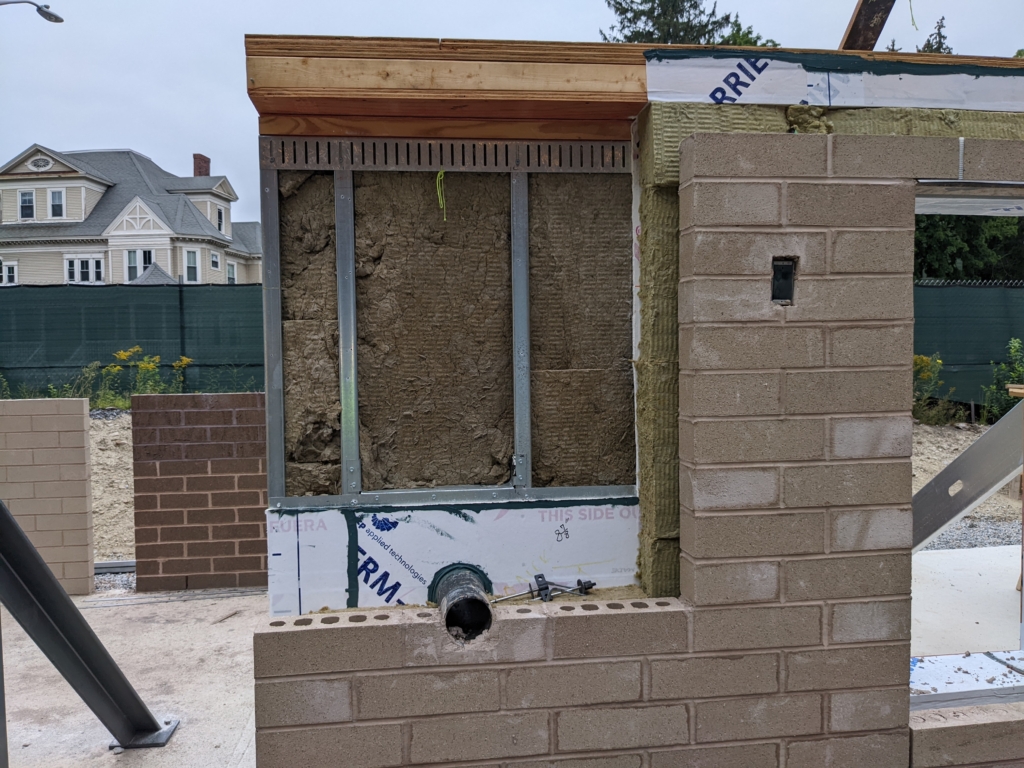
A peak inside this wall shows the design and materials we don’t see once the building is complete.
LPA|A’s in-house experienced resource on exterior envelope design, Associate Principal Mike Oldakowski said, “With the forthcoming update to the Massachusetts energy code requirements, one focus is on tightening up the exterior of the building. When a building is tight, mechanical systems can be designed smaller and the energy demands will be less.”
LPA|A has worked with consultants the Green Engineer on several large projects, including the LEED Silver/Net Zero Nelson Place Elementary School and the Doherty Memorial High School project currently under construction.
Chris Schaffner, CEO of the sustainable design consultant firm, said of the code changes, “I’m interested to see how projects will fare when they are tested for air leakage. For many commercial building types and their builders, this is uncharted territory. The other major challenge is the introduction of TEDI (Thermal Energy Demand Intensity). We’re only beginning to realize how much more stringent these requirements might be than the current code.”
The TEDI performance measure is the annual heating energy demand per square foot of a building. The keys to meeting TEDI goals will be things like good insulation, ventilation control, and heat recovery systems. Massachusetts is one of the first places in the country to formalize the use of this measure.
We also asked Mechanical Engineer Kevin Seaman, who LPA|A has worked with for many years, what he is keeping an eye on. Kevin said, “On the mechanical side of the Stretch Energy Code I believe one of the more forward elements is in regard to energy recovery systems. The amendments have dramatically increased the requirements for such systems by getting rid of many of the exceptions as well as substantially lowering the minimum airflow limits in which they are required. In addition, they have greatly increased the required efficiency of such systems, in some cases by as much as 40% over base code. It will be interesting to see equipment manufacturers respond to these higher efficiencies as well as the increased demand for such systems.”
Categorized In: Articles, News
Tagged In: health and wellness, Sustainable Design
Share This



